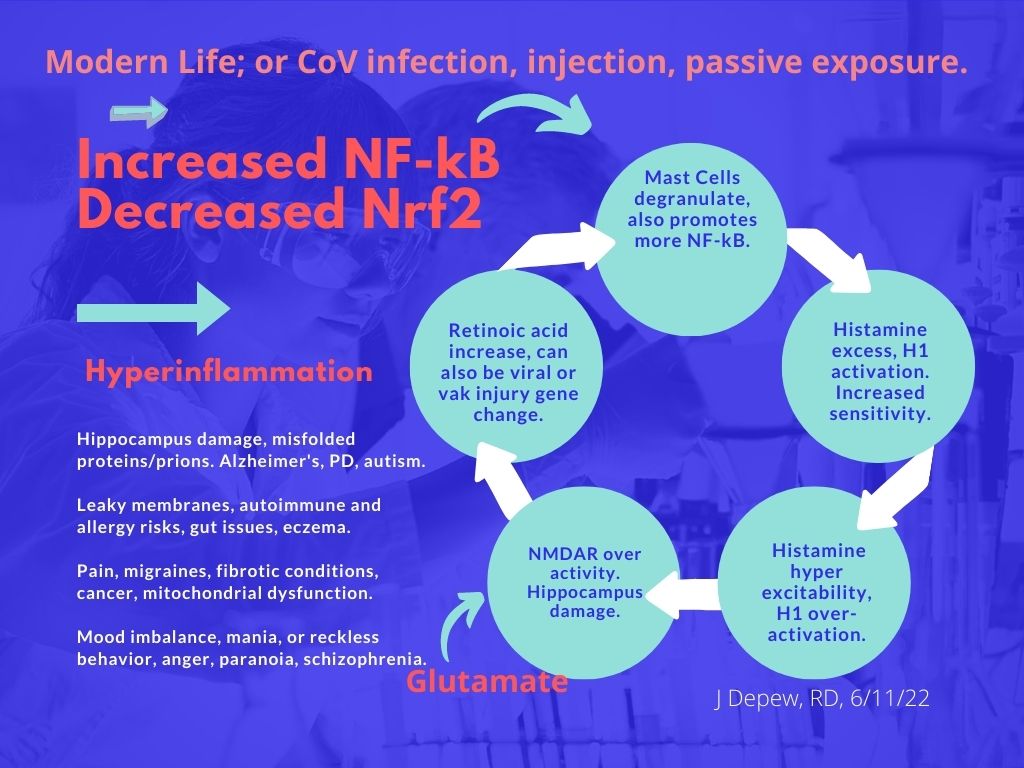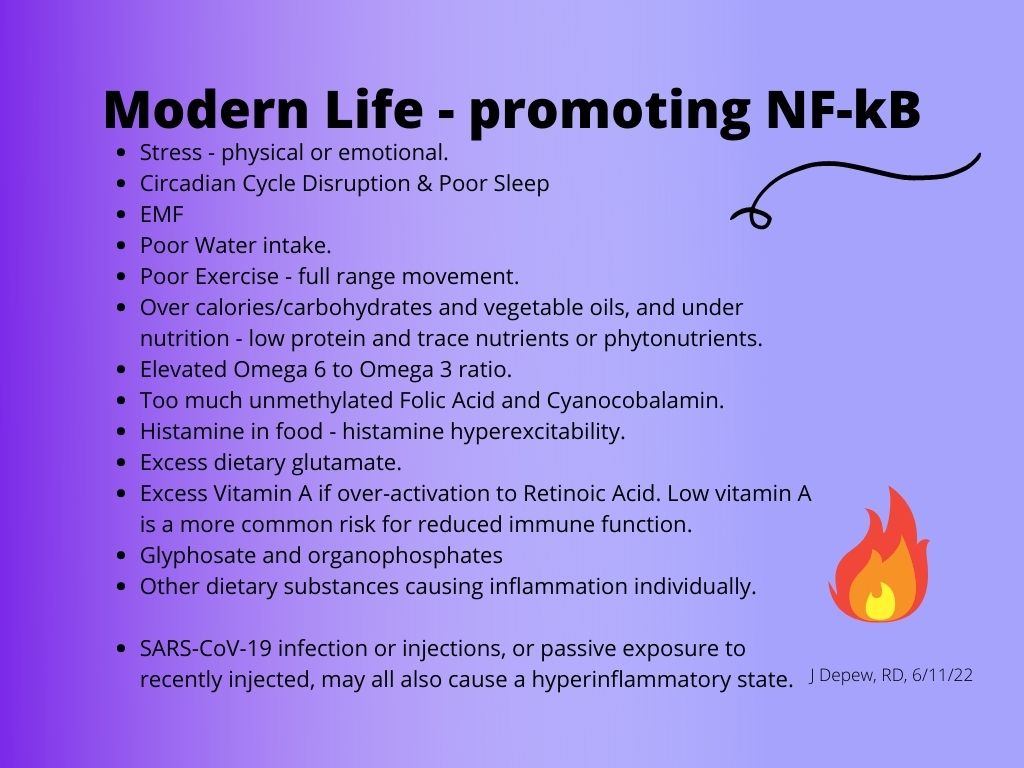A video to watch:
“Please share- we need as many as possible to be aware of this- Digital ID or Digital Prison- Presentation by Aman Jabbi. Live streamed to Central Coast community NSW on 2nd June 2022. Video post on Facebook.
Aman was at the forefront of video and camera technology in Silicon Valley. He has co-founded two camera startups. If you have a camera in your phone, stream video or movies, he played a part in it. Aman has a BS in Electrical & Electronics Engineering and MS in Chemistry from BITS in India, an MS in Electrical Engineering from Penn State University and studied Computer Science at Stanford University.
Have a listen to hear more about the smart cities infrastructure and implications, as its planned to descend upon us sometime soon! Newcastle is named as one of the first trial smart cities in Australia. You’ll also hear concepts such as: stakeholder capitalism, 4th Industrial revolution, digital real estate, the metaverse, lock down matrix, carbon credits, social credit score, facial recognition technology, public private partnership- all the concepts discussed by the WEF technocrats at Davos 22-26th May 2022.“
- Watch: Video post on Facebook.
Highlights from the video – a plan that may be underway – speculatively –
- Step 1. The injections may contain preplanned future epidemics with pathogenic infections that can be triggered by certain EMF frequencies – 5G or other. Marburg hemorrhagic fever may be on the way.
- Step 2. Use the ‘epidemic’ to increase WHO or other international control of individual nations.
- Step 3. Increase control of citizens through digital ID and social credit system using facial recognition or other biotech.
Marburg virus – a rare but potentially deadly filovirus that causes hemorrhagic fever similar to Ebola. The family of filovirus also includes the less deadly Herpes virus.
Phytonutrients that may help against Marburg or similar virus include Melissa officinalis extract, (1), Ellagic acid from Rhodiola rosea, (2), and pomegranate whole fruit/peel extract. Pomegranate peel is also an excellent source of ellagic and gallic acid, and punicalagin, which are related to catechins. (4)
“Extract of Rhodiola rosea displayed specific and potent inhibition against cell entry of both Ebola virus and Marburg virus. In addition, twenty commercial compounds that were isolated from Rhodiola rosea were evaluated using the pseudotyped Ebola virus entry assay, and it was found that ellagic acid and gallic acid, which are two structurally related compounds, are the most effective ones.” (2)
Of the five best chemicals for binding with SARS-CoV RBD spike domain – two are found in pomegranate – punicalagin and Epigallocatechin, gallate: “(A) Glycyrrhizin, [licorice root] (B) Nepritin, [3], (C) Punicalagin, (D) Epigallocatechin, gallate [EGCG], and (E) Theaflavin, [extract from black tea, also related to catechins (6)].” (5)
The catechins and gallic acid group include EGCG from green tea and pomegranate. The whole fruit extract of pomegranate or peel extract is a potent anti-microbial and anti-inflammatory, microbiome and immuno-modulator. It may also help with regeneration of hippocampal cells.
EGCG is a polyphenol in green tea and in the peel of pomegranates. It has been found to help regrow hippocampal cells which are the type that are damaged to the point of cell death in Alzheimer’s dementia:
“Subsequently, another investigation demonstrated that administration of EGCG in adult hippocampal neural progenitor cell (NPC) cultures and in denate gyrus of adult mice improved spatial cognition thereby promoting adult neurogenesis. … [732]. ” (7)
Pomegranate or tea catechins may help reduce age related degeneration by promoting beneficial epigenetic changes. (8, 9)
Pomegranate can help inhibit mast cells which helps reduce a variety of inflammatory conditions including seasonal allergies and potentially long term risk of Alzheimer’s dementia.
Regarding mast cells and pomegranate extract: “Pomegranate extract (POMx) inhibits inflammation from activated human mast cells involved with connective tissue destruction and proteolytic activity associated with cartilage destruction, providing potential benefit for treating inflammatory diseases in which mast cells play an active role (Zafar et al. 2009).” (61)
For the Reference (61) and more information, see the document: Misfolded Proteins, H1 and NMDA Receptors, or Substack post: Hyperinflammation – A positive feedback loop leading to Alzheimer’s?.


Is hyperinflammation a causal factor in Alzheimer’s dementia? Is the misfolded protein accumulation a result of increased inflammatory white blood cell activity rather than the cause? Allergy or autoimmune damage within the brain?
Disclaimer: This information is provided for educational purposes within the guidelines of fair use. While I am a Registered Dietitian this information is not intended to provide individual health guidance. Please see a health professional for individual health care purposes.
Reference List
- Methods of using extracts of melissa officinalis against filoviruses. US Patent: US10293012B2. 2019-05-21 https://patents.google.com/patent/US10293012B2/en
- Cui Q, Du R, Anantpadma M, Schafer A, Hou L, Tian J, Davey RA, Cheng H, Rong L. Identification of Ellagic Acid from Plant Rhodiola rosea L. as an Anti-Ebola Virus Entry Inhibitor. Viruses. 2018 Mar 27;10(4):152. doi: 10.3390/v10040152. PMID: 29584652; PMCID: PMC5923446. https://pubmed.ncbi.nlm.nih.gov/29584652/
- Agarwal OP. The anti-inflammatory action of nepitrin, a flavonoid. Agents Actions. 1982 Jul;12(3):298-302. doi: 10.1007/BF01965393. PMID: 6982607. https://pubmed.ncbi.nlm.nih.gov/6982607/
- Zahin M, Ahmad I, Gupta RC, Aqil F. Punicalagin and ellagic acid demonstrate antimutagenic activity and inhibition of benzo[a]pyrene induced DNA adducts. Biomed Res Int. 2014;2014:467465. doi: 10.1155/2014/467465. Epub 2014 May 14. PMID: 24949451; PMCID: PMC4052943. https://pubmed.ncbi.nlm.nih.gov/24949451/
- Mathew S, Benslimane F, Althani AA, Yassine HM, Identification of potential natural inhibitors of the receptor-binding domain of the SARS-CoV-2 spike protein using a computational docking approach. Qatar Medical Journal, Vol 2021, Issue 1, March 12, 2021 https://www.qscience.com/content/journals/10.5339/qmj.2021.12?utm_source=TrendMD&utm_medium=cpc&utm_campaign=Qatar_Medical_Journal_TrendMD_1
- Leung LK, Su Y, Chen R, Zhang Z, Huang Y, Chen ZY. Theaflavins in black tea and catechins in green tea are equally effective antioxidants. J Nutr. 2001 Sep;131(9):2248-51. doi: 10.1093/jn/131.9.2248. PMID: 11533262. https://pubmed.ncbi.nlm.nih.gov/11533262/
- Itika Arora, Manvi Sharma, Liou Y. Sun,Trygve O. Tollefsbol, The Epigenetic Link between Polyphenols, Aging and Age-Related Diseases. Genes 2020, 11(9), 1094; https://doi.org/10.3390/genes11091094 https://www.mdpi.com/2073-4425/11/9/1094/htm
- Long-term dietary flavonoid intake and risk of Alzheimer disease and related dementias in the Framingham Offspring Cohort. 22 April 2020 https://academic.oup.com/ajcn/advance-article/doi/10.1093/ajcn/nqaa079/5823790
- Low Flavonoid Intake Associated with Alzheimer’s Risk. MedicalNewsToday.com https://www.medicalnewstoday.com/articles/low-flavonoid-intake-associated-with-alzheimers-risk#6-types-of-flavonoid
